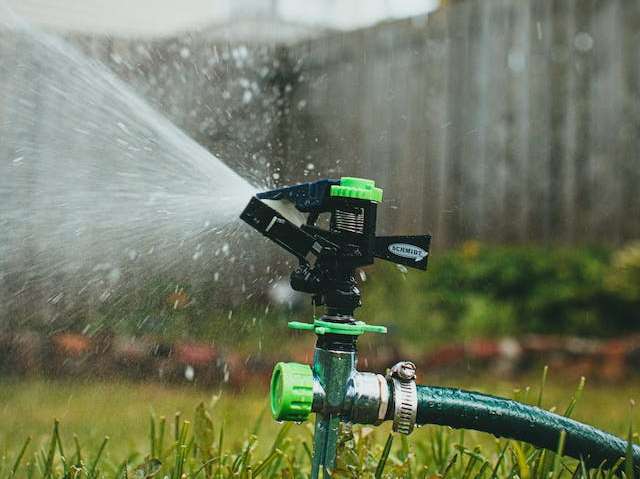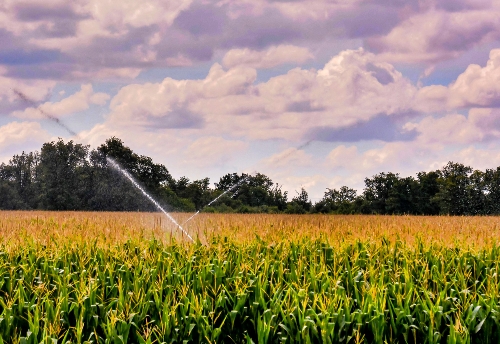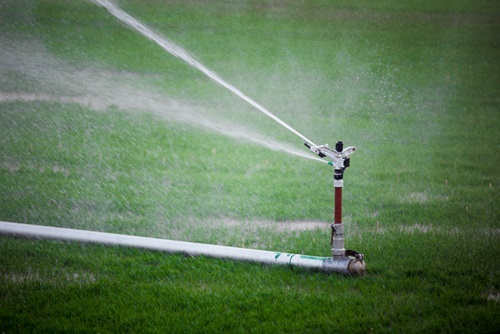
The watering frequency varies depending on the location’s climate and will be determined according to the appearance of the lawn. The need for water can be identified when the grass turns a bluish-green color and when footprints remain marked on it since the lack of water makes it difficult for the blade to recover its original position.
Irrigation Time and Frequency
The ideal would be to water the grass right at that moment since the deterioration is minimal, and as soon as the grass receives water, it recovers. Watering it before observing these signs provides no benefit.
As the drought of the grass increases, it wilts and turns grayish-green in color. When the grass is withered, it should be watered immediately, and it will recover quickly. If severe drought occurs, the plant stops growing, and the leaves turn brown and die. When watered at this point, the grass can survive. It would take three weeks to produce new leaves to recover fully.
Volume Applied For Irrigation
Sprinklers connected to 3/4-inch hoses apply a small volume of water; for this reason, they should be left running in the same area for 2 or 3 hours to moisten the root zone deeply.
Automatic irrigation systems with water outlets in all directions simultaneously can apply a large volume in 10 or 15 minutes, and rotating sprinkler systems can apply the necessary water in 30 or 40 minutes.


